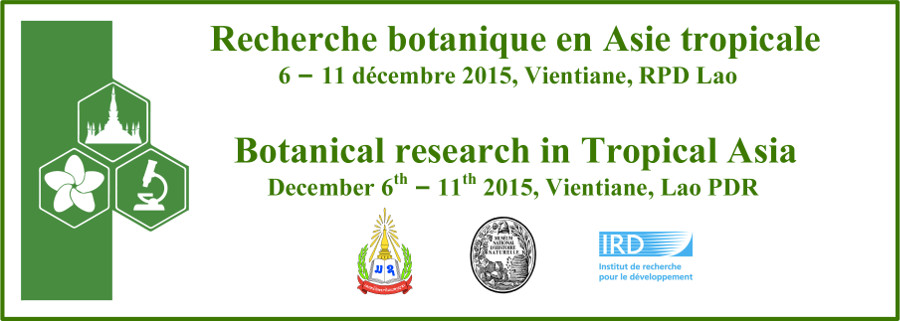The biological significance of anthocyanin pigment in aubergine as an antioxidant and a free-radical scavenger has been discussed in the literature. Botanically a berry, aubergine is a minor crop in Albay Province situated at the southern tip of Luzon, Philippines even though it is widely cultivated on the fertile lands there. Biotechnology and state-of-the-art plant breeding have contributed to a rapid influx of planting materials (e.g. seeds) with new or altered genetic composition and varied adaptations to both the macro-and microclimatic conditions of the agroecosystem. Previous surveys done by the authors identified commercially available planting materials that offered farmers the choice of traditional varieties or landraces, or improved germplasm including hybrids. The latter dominates over the traditional varieties in terms of total area planted and the number of farmers planting the seeds. Generally also, fruits developed by varieties belonging to improved germplasm lines have more intense pigmentation suggesting high anthocyanin content with cultural practices and sunlight penetration in the field. The use of the wild progenitor as a stock to unite with the desired scion in grafting has been demonstrated. Additionally, a cosmopolitan pest, the fruit and shoot borer (Leucinodes orbonalis Guenee) causes the farmers to spray pesticides frequently, especially at the onset of flowering and thereafter. Most of these pesticides are organophosphates and carbamates with long persistence, though the residue can be decreased by thorough washing with water prior to culinary use. Thus, the promising high yielding and quality elite germplasm (e.g. Bt aubergine) genetically modified to reduce reliance on pesticides against fruit and shoot borer struggles to occupy the agricultural landscape. Its implications on the dynamics of the agroecosystem will be discussed.
- Poster

 PDF version
PDF version

